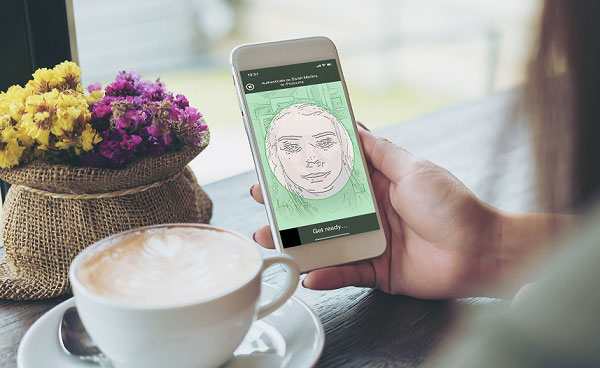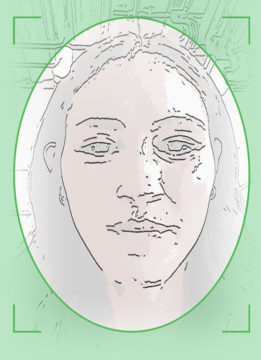
Do you suffer from selfie anxiety? If so, you?re not alone. According to our survey, 34% of people in the UK and US class themselves as having selfie anxiety – either they don?t know how to take a selfie, or they don?t like how they look in them, or they just don?t like taking pictures of themselves.
In fact, 63% of the people we surveyed said that they don?t like how they look on mobile video calls, which is selfie anxiety in all but name.
Why does selfie anxiety matter to iProov? Let?s be clear: iProov?s face verification doesn?t use selfies. An individual sending a selfie (sometimes known as single frame liveness) to prove their identity online is not secure.
iProov uses a brief facial scan that allows you to confirm that you are the right person, a real person, authenticating right now when you use your mobile device or computer to access a service online. The short ?ceremony? as we call it lasts a few seconds and gives you the reassurance that your identity and privacy are being protected online.
So we don?t use selfies. But selfie anxiety still matters to us, because we care very much about user experience. If 63% of people don?t like seeing themselves on a mobile device, then that would make the face biometric authentication experience unpleasant for a very large number of people.
This is the interface that a user sees when they authenticate themselves with iProov Genuine Presence Assurance:

Why did we use a line drawing instead of a mirror view of the user?s face? How did this user interface come about?
Stage 1: It Started With Real Images
It happens to us all: your phone switches to camera mode and you realize with horror that your hair is sticking up. You immediately start fixing it. The problem here is that users don?t need to look their best for biometric authentication, as sticky-up hair or smudged mascara don?t affect the accuracy of the result at all.
But our natural instinct, when faced with a full image of ourselves, is to delay the authentication process while we make adjustments when those things are actually completely inconsequential.
The other risk is that the user might not complete the process at all if they don?t like what they?re seeing. If their hair won?t play ball or they?re in the 63% who flinch on seeing themselves, they could just shut the whole thing down.
This is why we decided that the process of iProoving should not involve a mirror image of the user?s face – it?s potentially not an enjoyable experience for a lot of people and could impact the chances of success.
Stage 2: What Happens If You Show Nothing
We briefly experimented with showing nothing at all on the screen during the authentication. It didn?t work: users weren?t able to line their faces up and it became very hard to complete the process. We also felt that it wasn’t fair to scan people’s faces without sharing that fact with them, visually through the use of their face image, as well as in written form.
Stage 3: Meet Mr Canny
It was then that we found our answer, which is now part of several global patents and unique to iProov. The Canny edge detector, developed by a man called John Canny, uses an algorithm to detect a wide range of edges in images. Using this edge detector, we provide a simple outline of the user?s face that gives enough guidance on how to line the face-up and complete the process without scaring the user off.
We then did a lot of work to develop exactly the right shading to add depth, and fading to soften the edges, resulting in an authentically pleasing filter akin to those found on social media platforms:

The moral of this story is that user experience and security go hand in hand at iProov. Each and every moment of the authentication journey presents an opportunity for the experience to jar with the user and those snags have to be removed to ensure maximum completion rates. iProov has 19 patents and a number of them relate to this line drawing and ensuring a happy user experience.
Try iProov Genuine Presence Assurance for yourself and see how the line drawing works.
iProov Genuine Presence Assurance is used by governments, financial institutions, and other enterprises all over the globe.
Source: iproov.com
